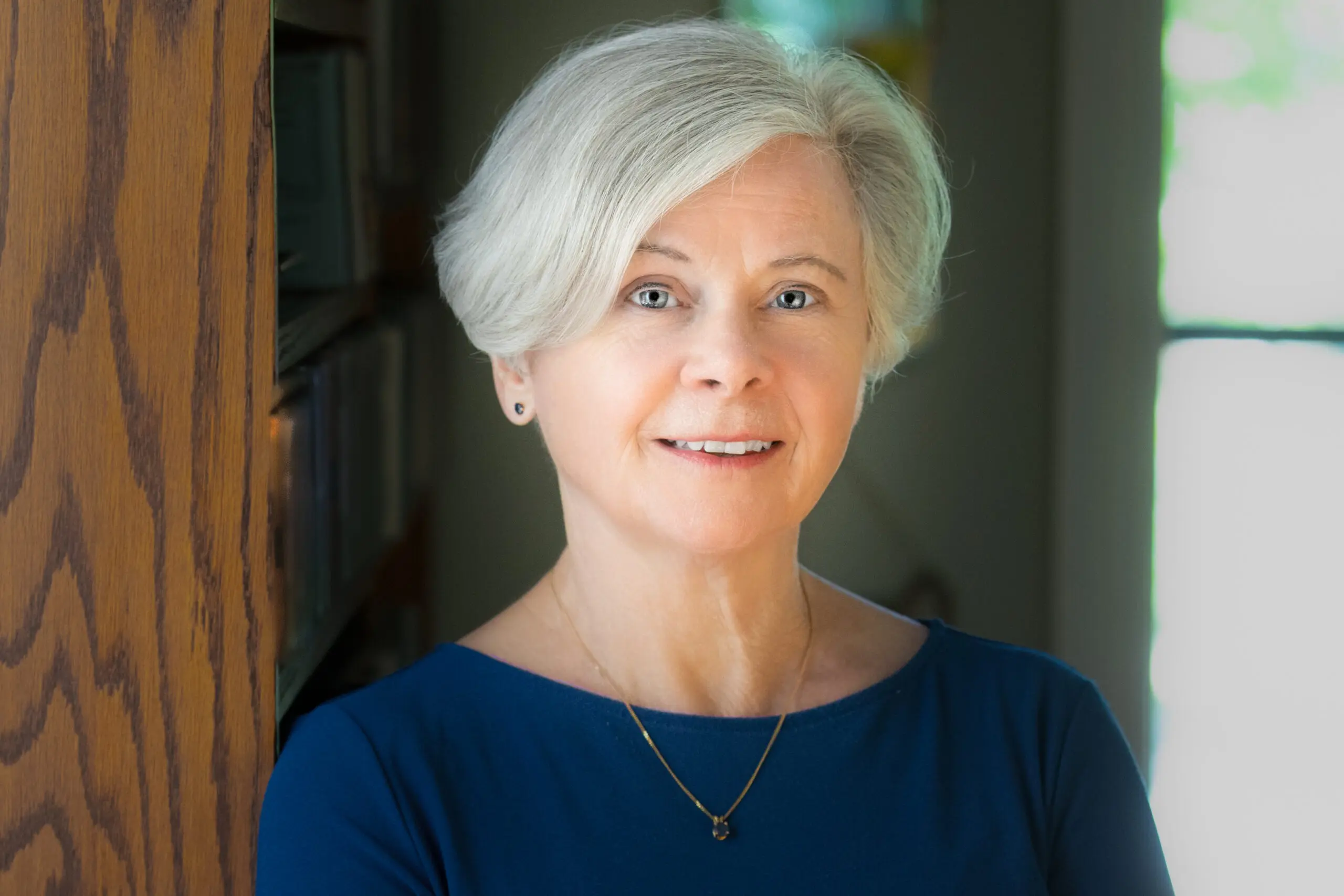Healthy People 2020 identifies positive youth development (PYD) as a major new approach for interventions, describing it as “the intentional process of providing all youth with the support, relationships, experiences, resources, and opportunities needed to become successful and competent adults.” A growing number of evaluations suggest that PYD can improve youth outcomes, and that incorporating it into existing interventions can enhance their effectiveness. For example, youth are more likely to join, attend, and be engaged in all types of programs that employ a positive youth development approach.
Positive youth development has been defined by eight key elements:
- Physical and psychological safety;
- Supportive relationships;
- Opportunities to belong;
- Support for efficacy and mattering;
- Positive social norms;
- Opportunities for skill-building;
- Appropriate structure; and
- Integration of family, school, and community efforts.
If these approaches are successful for youth, why wouldn’t they be effective for young adults and for adults more generally?
Physical and psychological safety are critical from infancy to old age. Providing an environment that is free of bullying, trauma, and crime and which respects people’s privacy and dignity is a bedrock element of positive youth development. Physical safety is widely understood to be important, but providing psychological safety in the form of an attractive clean space, confidentiality, and a pleasant respectful staff is important at all ages.
Supportive relationships are critical for adolescent development, but humans are a social species and relationships matter throughout life. For youth, these include relationships with parents, of course, but also with teachers, coaches, mentors, peers, and staff in after-school programs. Mentoring is often recommended for adolescents as a way to provide a positive relationship with a caring adult. An apprenticeship, with supportive supervisors and colleagues, might provide an analogous relationship for an emerging adult. If programs that serve low-income adults do not share this mindset, it might be valuable for caseworkers, service providers, health care providers, and others who serve adults and emerging adults to recognize the value of ongoing positive and caring relationships.
Opportunities to belong and support for efficacy and mattering also answer the basic human needs to affiliate and to be respected and have a sense of personal worth. As adolescents build their personal identity, these elements of a PYD program can help to recruit, retain, and engage adolescents, and the same is true for emerging adults, who want to be valued members of sports teams, clubs , or work or military groups. Older adults similarly want to be treated with respect and to feel worthwhile, and child welfare, job training, job search programs and child support programs can grant them that courtesy. Indeed, staff who work in child and youth-serving organizations would also benefit from this orientation.
Positive social norms are critical elements of a functioning society. They provide positive goals for what people should aspire to, not simply what is bad, wrong, negative, illegal, or ill-advised. No one at any age wants to have others admonish them constantly about what not to do. Rather, adults and emerging adults benefit from having positive goals to be fostered and achieved, as in PYD programs. Adults generally want to be good parents and workers and are typically responsive to approaches that assume and foster such positive norms.
Opportunities for skill-building vary by age and appropriate structure will also vary by age. But, again, at every age, humans seek to attain new competencies and perform well in their roles. Programs that recognize and build on this positive motivation, in settings that are age-appropriate, will likely attract more participation and engagement. Apprenticeships, for example, build skills in a very intentional and individual manner.
Finally, the integration of family, school, and community efforts is a bedrock principle of the ecological model, which recognizes that humans live in multiple contexts that affect their behavior. Contexts change with age, of course; work generally replaces school among adults, for example. But aligning expectations and activities across critical contexts remains a useful principle for services and programs that serve adults. For example, considering the interplay between work, family responsibility, and child care might produce more positive outcomes across these domains.
In sum, if these principles are effective among youth, perhaps programs that serve adults and emerging adults would benefit from reviewing their procedures to foster positive adult development.
To learn more about positive youth development and the eight key PYD practices, please visit: http://www.findyouthinfo.gov/youth-topics/positive-youth-development. For an example of a checklist related to how to incorporate PYD into youth-serving programs, please visit: http://www.hhs.gov/ash/oah/oah-initiatives/teen_pregnancy/training/Assests/pyd-tpp-checklist.pdf
© Copyright 2025 ChildTrendsPrivacy Statement
Newsletter SignupLinkedInYouTubeBlueskyInstagram